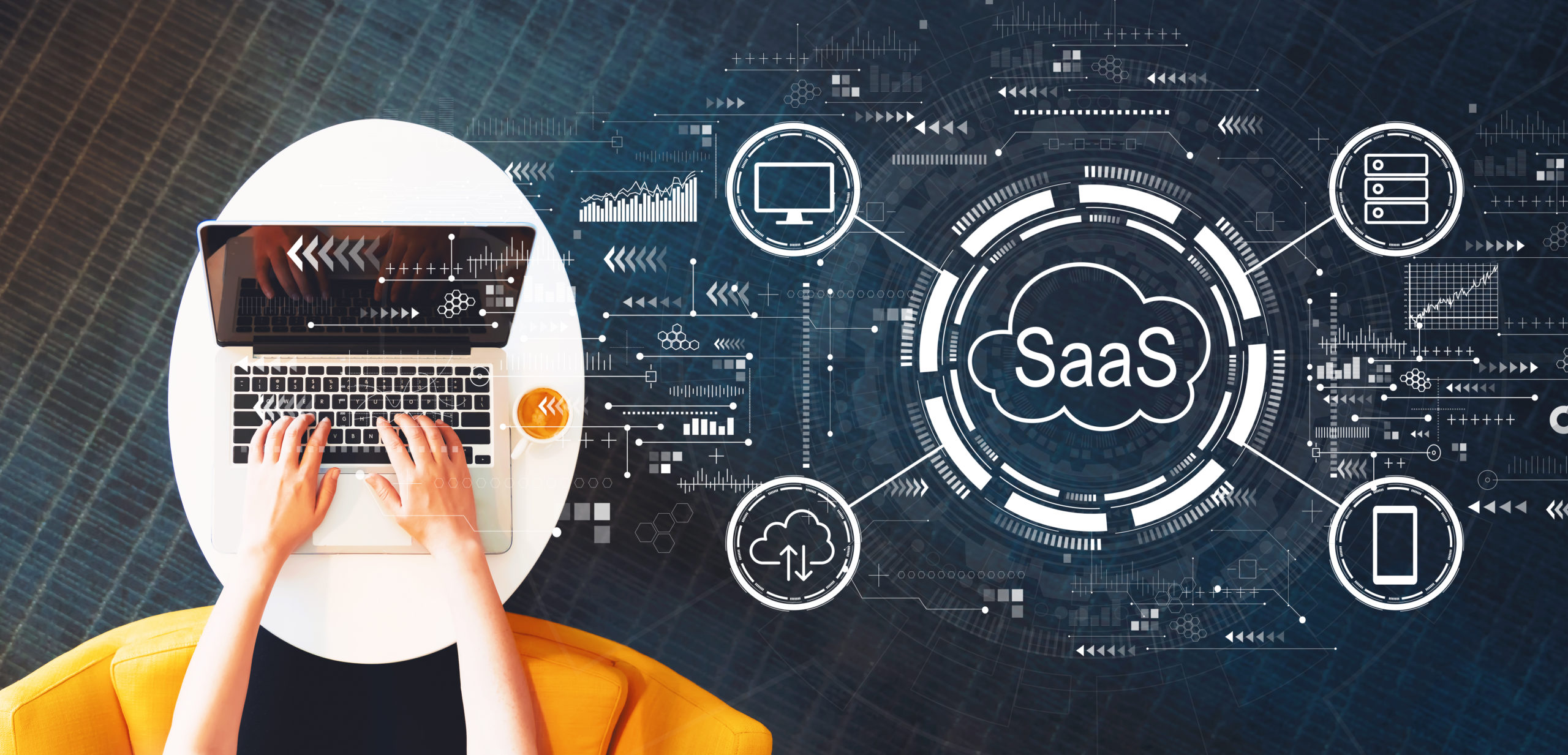In the ever-evolving landscape of technology, Software as a Service (SaaS) has emerged as a pivotal component for businesses seeking agility and efficiency. However, as with any technological advancement, SaaS also presents unique security challenges. In this article, we will explore these challenges and outline effective strategies and solutions to navigate them successfully.
Understanding the Security Risks in SaaS
The first step in mitigating risks is understanding them. In a SaaS environment, data is often stored off-premises and is accessed over the internet. This setup can expose businesses to various security threats, including data breaches, account hijacking, and insecure APIs. Moreover, the ease of access to SaaS applications can also lead to unauthorized use and data leakage.
Strategies for Enhancing SaaS Security
- Robust Identity and Access Management (IAM): Implementing strong IAM protocols is crucial. This includes the use of multi-factor authentication (MFA), strong password policies, and regular reviews of user access rights.
- End-to-End Data Encryption: Encryption of data at rest and in transit ensures that even if data is intercepted or accessed by unauthorized individuals, it remains unreadable and secure.
- Regular Security Audits and Compliance Checks: Conducting regular audits can help in identifying vulnerabilities within the SaaS environment. Ensuring compliance with standards like GDPR, HIPAA, etc., is also essential.
- Employee Training and Awareness: Educating employees about security best practices and potential phishing scams can significantly reduce the risk of human error, which is often a major security vulnerability.
- Choosing the Right SaaS Provider: It’s vital to select a SaaS provider that prioritizes security and offers robust features. For instance, businesses seeking efficient online booking systems should opt for providers that offer secure, user-friendly solutions.
- Backup and Disaster Recovery Plans: Regular backups and a clear disaster recovery plan ensure that in the event of a data breach or loss, business operations can continue with minimal disruption.
Solutions for a Secure SaaS Environment
Ensuring a secure Software as a Service (SaaS) environment necessitates a blend of advanced technological tools and strategic approaches. Here are some key solutions that businesses can implement to fortify their SaaS security:
- Advanced Firewalls and Intrusion Detection Systems: Utilizing state-of-the-art firewalls and intrusion detection systems can provide a robust defense against external threats. These systems monitor network traffic and can effectively identify and block malicious activities, thereby safeguarding the SaaS infrastructure.
- Secure Payment Tools: For businesses that handle online transactions, integrating secure payment tools is crucial. These tools not only encrypt transaction data but also adhere to compliance standards like PCI DSS, ensuring that customer payment information is protected. For example, businesses can explore options like secure payment tools that offer enhanced security features and ensure safe transaction processing.
- Data Loss Prevention (DLP) Software: DLP software plays a critical role in monitoring and controlling data that is in use, in motion, and at rest. This software helps in preventing unauthorized access and sharing of sensitive information, thereby reducing the risk of data leaks and breaches.
- Regular Software Updates and Patch Management: Keeping software up-to-date is essential in a SaaS environment. Regular updates and patches fix vulnerabilities and enhance the overall security of the system. Businesses should prioritize automated patch management systems to ensure timely updates.
- Cloud Access Security Brokers (CASBs): CASBs act as a gatekeeper between the business’s users and cloud service providers. They provide additional security measures like encryption, credential mapping, and access control, further securing the SaaS applications.
- Robust Endpoint Security: Since SaaS applications are accessed from various devices, ensuring endpoint security is vital. This includes installing antivirus software, employing endpoint detection and response solutions, and ensuring that all access points are secure.
- Enhanced Authentication Measures: Implementing multi-factor authentication (MFA) and single sign-on (SSO) can significantly reduce the risk of unauthorized access. These measures add an extra layer of security, making it difficult for intruders to gain access to sensitive data.
- Secure Online Booking Systems: For businesses that rely on online bookings, using secure booking systems is essential. A secure online booking system not only streamlines the appointment process but also ensures the safety of customer data. Businesses can consider options like online booking systems that provide robust security features alongside efficiency.
- Employee Cybersecurity Training: Regular training and awareness programs for employees can greatly reduce the risk of security breaches due to human error. Educating staff about the latest cybersecurity threats and best practices is a key component of a comprehensive security strategy.
Conclusion
The journey to securing a SaaS environment is continuous and requires vigilance, strategic planning, and the right set of tools. By understanding the unique challenges that SaaS presents and implementing the strategies and solutions discussed, businesses can navigate these challenges effectively and securely.
As businesses increasingly rely on online services for various operations, including booking and payments, choosing providers that offer secure and efficient solutions becomes paramount. For example, those in need of online booking solutions can find secure and feature-rich options that cater to these needs.
In summary, while the security challenges in a SaaS environment are significant, with the right approach and tools, they can be effectively managed to ensure business continuity and data protection.
